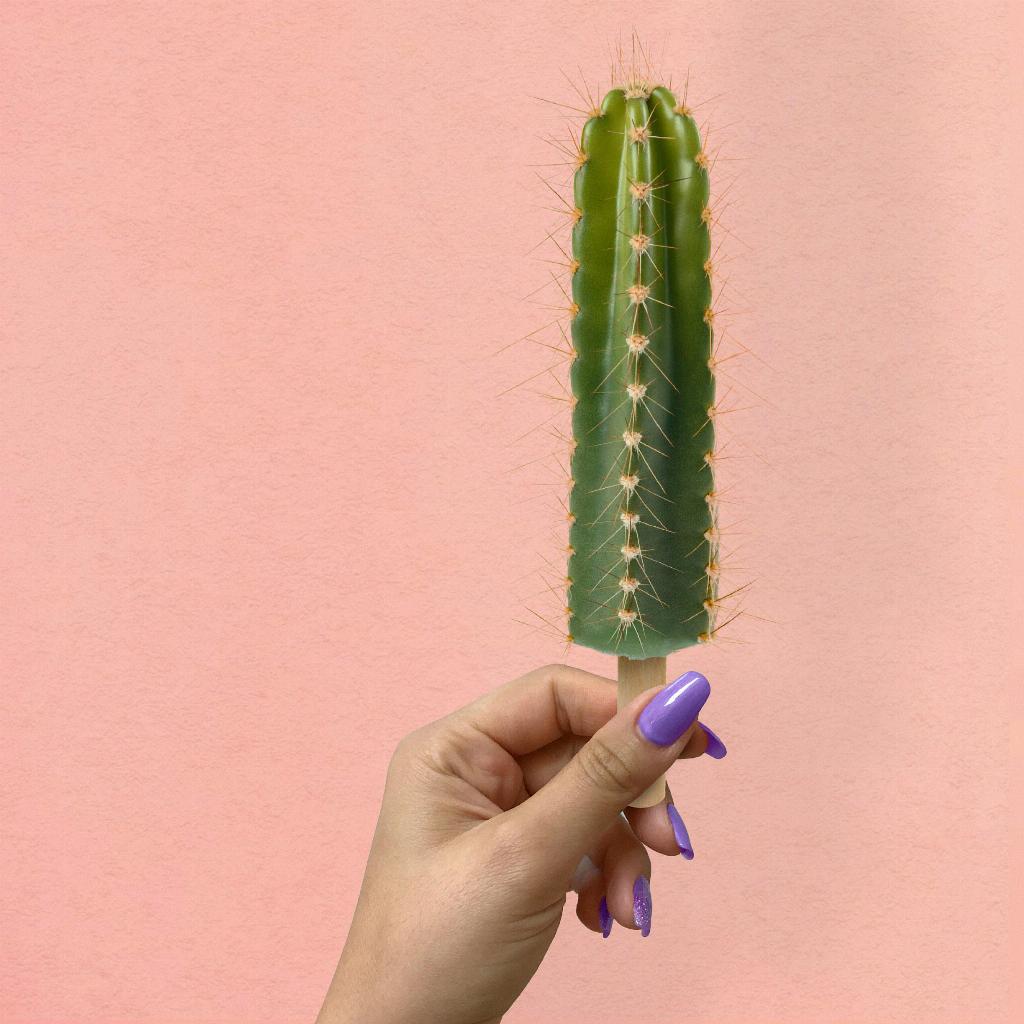When it comes to growing cactus clippings, it’s essential to follow a few key steps to ensure the success of your new plants. One method you can use is to simply cut or snip off the tip of your cactus, making sure to remove several of the bottom leaves in the process. This will help promote healthy growth and prevent any rotting issues that may arise.
After you have taken your cactus cutting, it’s crucial to dip the end in rooting hormone. This will stimulate root growth and increase the chances of your cutting successfully taking root. Once you’ve treated the cutting, you can then nestle it in perlite or potting mix, providing a stable environment for it to grow and develop.
If you are looking to grow a larger, more robust cactus from a cutting, you can opt for stem cuttings. With stem cuttings, you will need to cut a larger stem from your cactus to ensure a strong start for your new plant. This method is ideal for those looking to propagate their cacti and create new, healthy plants.
When handling cactus clippings, it’s crucial to always wear thick gloves. Cacti are known for their sharp spines and can cause injury if not handled properly. By wearing protective gloves, you can ensure your safety while tending to your cactus cuttings and avoid any potential accidents.
One key aspect of growing cactus clippings is providing the right environment for them to thrive. Cacti are desert plants and require well-draining soil to prevent waterlogging, which can lead to root rot. By using perlite or a specialized cactus potting mix, you can ensure that your clippings have the ideal conditions for growth.
Light is another crucial factor when growing cactus clippings. Cacti require plenty of sunlight to thrive, so be sure to place your cuttings in a sunny location. A south-facing window or a spot with direct sunlight will provide the necessary light for your cactus to grow strong and healthy.
Watering is another aspect to consider when growing cactus clippings. Cacti are drought-tolerant plants and do not require frequent watering. Overwatering can be detrimental to cacti, so it’s essential to allow the soil to dry out between waterings. This will prevent root rot and ensure the health of your cactus clippings.
During the growing season, you may consider fertilizing your cactus clippings to promote growth. Use a diluted cactus fertilizer or a specialized succulent fertilizer to provide essential nutrients to your plants. Be sure not to over-fertilize, as this can harm the delicate roots of your cactus cuttings.
Monitoring the growth of your cactus clippings is essential to ensure their health and development. Keep an eye out for any signs of distress, such as yellowing or drooping, which may indicate issues with watering or light. By regularly checking on your cactus cuttings, you can address any problems early on and prevent any issues from escalating.
As your cactus clippings grow, you may consider repotting them to provide additional space for root growth. Choose a slightly larger pot with good drainage to accommodate the expanding roots of your cactus. Repotting can help prevent overcrowding and promote healthy growth for your cactus cuttings.
With proper care and attention, growing cactus clippings can be a rewarding experience. By following these steps and providing the right environment for your cactus cuttings, you can watch them thrive and flourish into healthy, vibrant plants. Remember to be patient and consistent in your care routine, and you will be rewarded with beautiful cacti to enjoy in your home or garden.
Overall, growing cactus clippings can be a fulfilling and satisfying endeavor for plant enthusiasts of all levels. Whether you are a seasoned cactus grower or a beginner looking to expand your collection, propagating cacti from clippings offers a unique and rewarding way to experience the beauty of these resilient plants.

